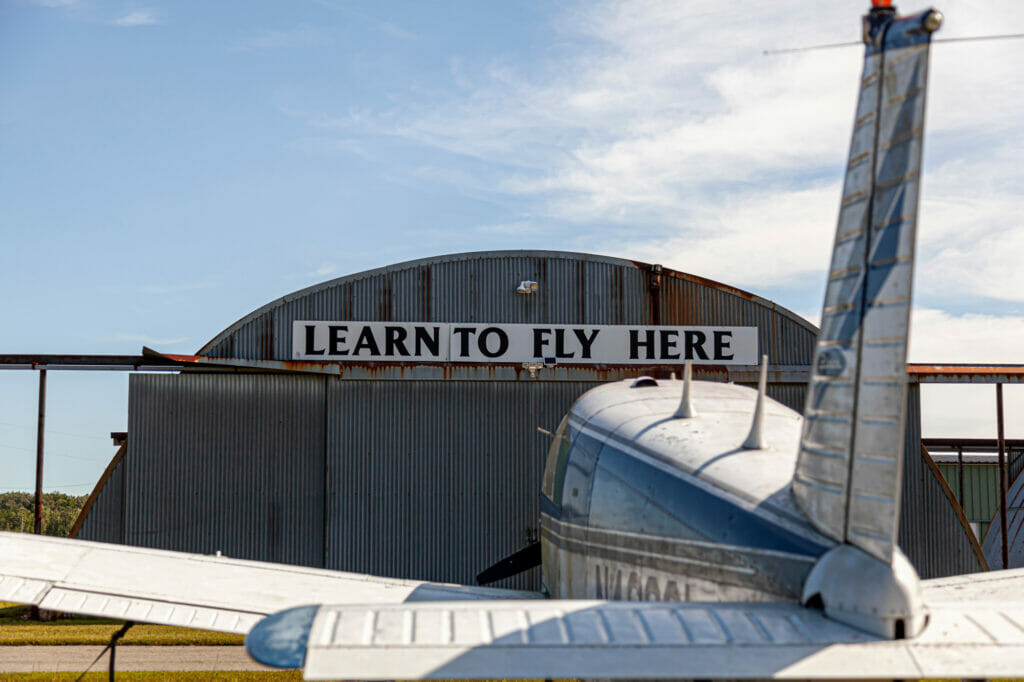
Oftentimes, the discussions regarding where to learn to fly have to do with which flight school to choose. How do you ensure that the school you choose has your best interests in mind and will balance quick progression with thorough, in-depth instruction?
Beyond those considerations, there might also be the question of which airport to choose for your flight training. Of course, in some scenarios, the choices may be limited. But for others, how do we choose the best airport for our training?
Let’s consider a scenario with your location equidistant from two nearby airports; one controlled, Class D field with a fair amount of training, general aviation, and business traffic, and another uncontrolled field with only limited traffic. All other things being equal – similar rental rates, similar distances from home, similar aircraft availability – what are the benefits and drawbacks to learning at each airfield?
The uncontrolled field
Such a place is common for many pilots to start their training. One major benefit is the flexibility at a quieter airport. Without needing to worry about managing other traffic, there are more scenarios you can practice in the traffic pattern uninterrupted. Plus, you don’t have to go far to practice maneuvers and you’ll not be getting in other’s way. You can have more freedom to do the practice you need and take the time you need to work on your weaknesses and build your strengths. You won’t need to spend as much time holding short of the runway for other traffic in the pattern or extending legs of the traffic pattern to wait for other traffic.
This might be a good way to learn for people who plan predominantly to stay in such areas, and it is an easier way for new students to get a handle on the basics of flying an aircraft while setting a strong base for building new skills and strengthening abilities.
The busier field
Training at a busier field also has its benefits. Operations in the busier space help students get comfortable with nonstandard situations while an instructor is aboard which may enable them to handle such situations better in their flying careers. Needing to adjust plans for other aircraft is a helpful skill to master before needing to learn how to do it alone. While some training time may be lost waiting for aircraft to land, maneuvering around other aircraft, or waiting to get a safe distance from controlled airspace, there is a critical aspect that may help students become more comfortable in busy, controlled areas while they have an instructor aboard to offer opinions and extra assistance.
The best of both
Of course, both training environments are helpful and there are different times when each location may be preferred. Perhaps a student could consider starting their training at a quieter field to master the basics of flight and then move to the busier airspace to get comfortable operating around many other aircraft. Whichever one chooses certainly depends a bit on what their end goal in aviation is. Someone who wants to pursue professional flight, for example, or fly more cross-country flights will benefit from getting more experience in busier airspace while dealing with the unusual real-life situations that come with it. One the other hand, someone who appreciates local flights may not consider it worth the extra costs associated with additional training in new places when they aren’t required to so.






























































































































